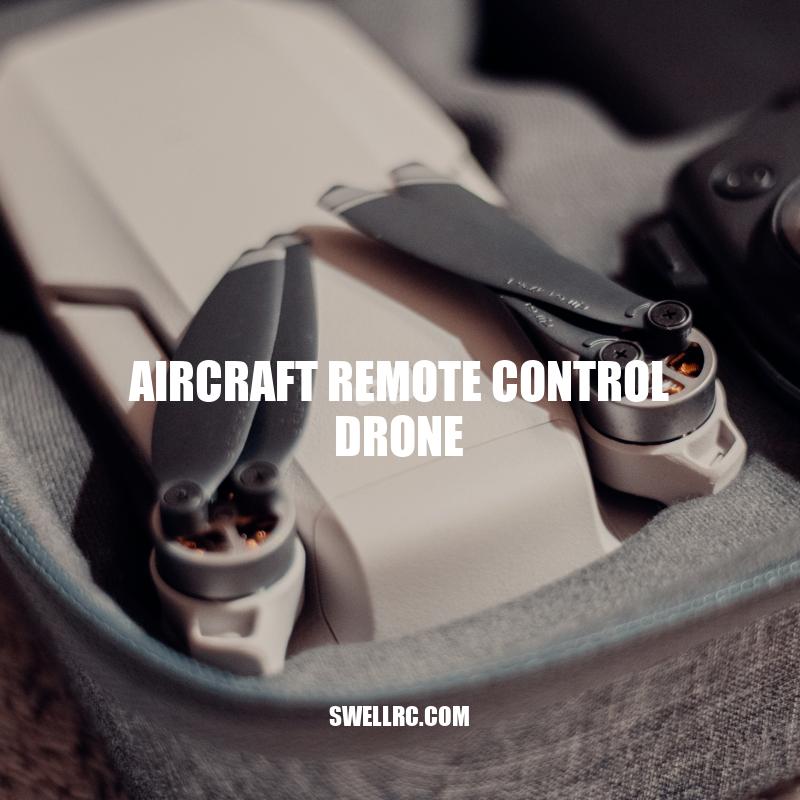Aircraft Remote Control Drones: Components, Advantages, and Limitations
An aircraft remote control drone, simply put, is an unmanned aerial vehicle that is controlled remotely. It is a combination of various components, including sensors, cameras, and GPS, that work together to allow for efficient and safe flight without a human pilot onboard. This technology has become increasingly popular in various applications, from capturing aerial photography to delivering medical supplies to remote areas. In this article, we will explore the various aspects of aircraft remote control drones, including their components, advantages, limitations, future possibilities, and current uses.
Aircraft Remote Control Drone Components
The essential components of an aircraft remote control drone are:
- GPS
- Sensors (such as ultrasonic, infrared, and laser sensors)
- Cameras (for capturing high-definition images and videos)
- Flight controller (to monitor and manage the drone’s flight and stability)
- Remote control device (to communicate with the drone and control its movements)
- Power supply (usually a rechargeable battery or an internal combustion engine)
These components work together to create a reliable and efficient system that can be used for various applications, from simple surveillance to complex aerial delivery systems.
Aircraft remote control drones are commonly used for gathering intelligence, visual inspection of hard to reach areas, and delivering goods. Large companies like DJI and Parrot produce high-quality drones that cater to different needs. The increasing popularity of these drones has led to stricter regulations being imposed by governments worldwide to ensure public safety and privacy.
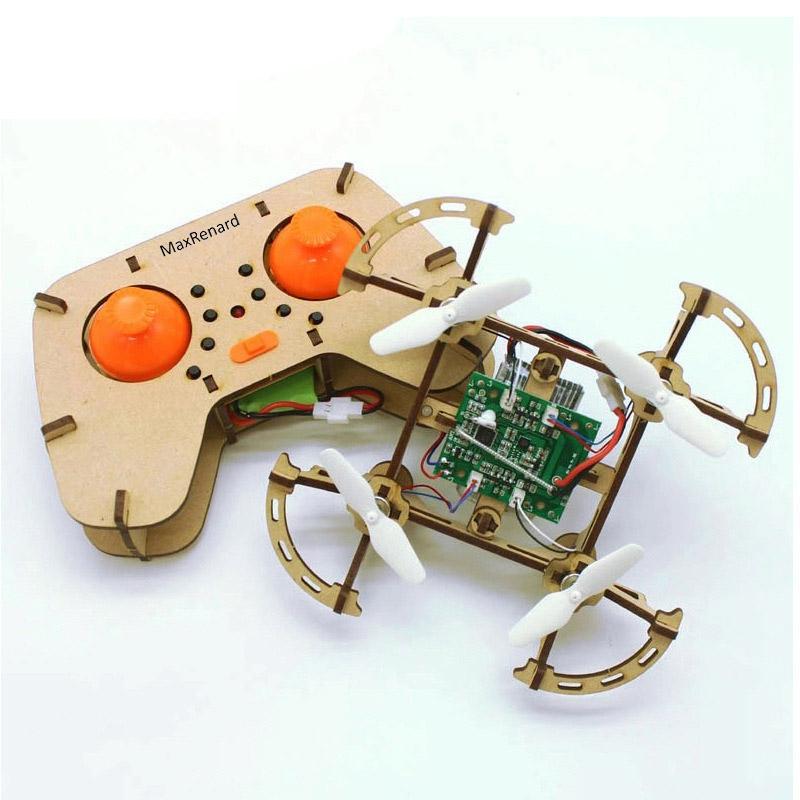
What are some common applications of aircraft remote control drones?
Some common applications of aircraft remote control drones include aerial photography and videography, surveying and mapping, search and rescue missions, delivery of goods and packages, inspection of infrastructure and public safety monitoring.
Drone Advantages and Market Growth Potential
One of the main advantages of aircraft remote control drones is that they significantly reduce human error in aviation, resulting in improved safety and efficiency. Other benefits of drone technology include:
– Cost savings, as drones can perform tasks at a lower cost than traditional manned aircraft.
– Ability to perform tasks in hazardous or difficult-to-access areas, such as inspecting oil rigs at sea or performing search and rescue operations in remote locations.
– Improved surveillance capabilities, such as border control and wildlife monitoring.
In fact, a study conducted by PwC estimated that the global market for drone-powered business operations could reach up to $127 billion by 2020. However, the use of aircraft remote control drones has also raised some concerns.
One of the main drawbacks is safety concerns and regulatory issues, as drones can pose a risk to other aircraft and people on the ground if not operated properly. Another concern is the risk of hacking and interception, as drones can be vulnerable to cyber attacks.
Despite these challenges, aircraft remote control drones have proven to be a valuable tool in various industries, from agriculture to filmmaking. As technology continues to advance, the potential applications for drone technology are vast and exciting.
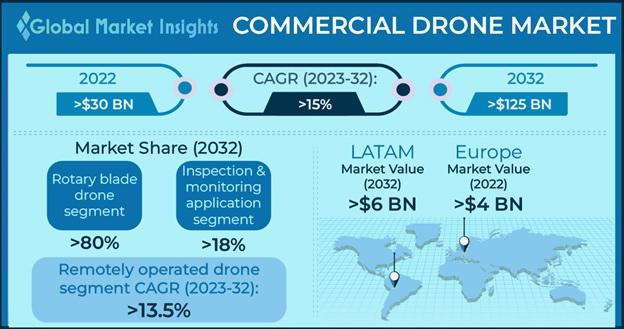
What are the safety concerns and regulatory issues associated with aircraft remote control drones?
The safety concerns and regulatory issues associated with aircraft remote control drones include airspace restrictions and potential collisions with other aircraft and structures, privacy violations, and the need for proper training and certification for drone operators.
Considerations for Drone Flight: Regulations, Safety, and Human Involvement
- While there are many advantages to using aircraft remote control drones, there are also some limitations to consider:
- Regulatory issues and safety concerns – drone technology is subject to many restrictions and regulatory issues, particularly when it comes to operating in populated areas. Safety is also a concern, as drones can potentially collide with other aircraft or objects.
- Hacking and interception – drones are vulnerable to hacking and interception, which can compromise their data and pose security risks.
- Situations where a human pilot is preferred – while drone technology has advanced significantly, there are still situations where a human pilot is required or preferred, such as complex operations or missions where judgement is required.
- It is important to note that regulations surrounding drone flight vary by country and jurisdiction, so it is essential for individuals, businesses, and organizations to be aware of their local regulations.
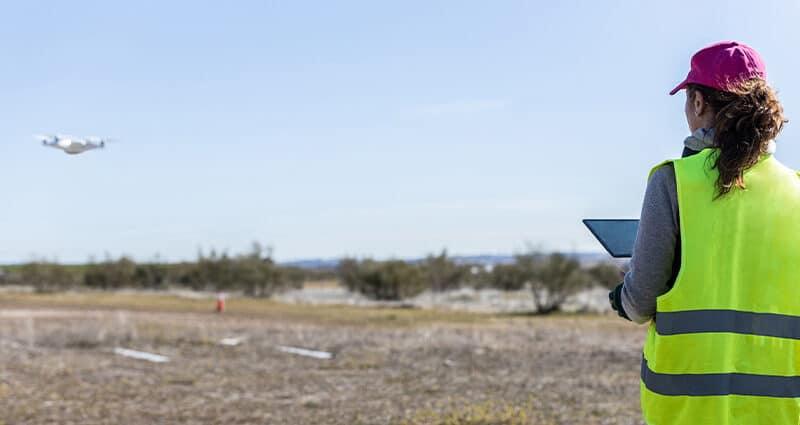
What are the safety concerns and regulatory issues associated with using aircraft remote control drones?
Safety concerns and regulatory issues associated with using aircraft remote control drones include potential collisions with other aircraft, unauthorized access to restricted airspace, invasion of privacy, and the risk of injury to people on the ground. Drone operators must comply with regulations set by the Federal Aviation Administration (FAA) regarding registration, pilot certification, and flight restrictions. Failure to adhere to these regulations can result in penalties, fines, and legal consequences.
Advancements in Aircraft Remote Control Drone Technology
- The future of aircraft remote control drone technology is constantly evolving and expanding, with new ideas and developments continually emerging:
- Continued advancements in drone technology – drones are becoming increasingly sophisticated as new capabilities and hardware are developed, including higher-resolution cameras and longer battery life.
- New uses for drones – drone technology is being adapted for new industries and uses, such as package delivery and crop management.
- Safety and efficiency improvements – drones have the potential to improve safety and efficiency in transportation and public safety sectors, such as monitoring traffic and providing real-time surveillance during emergencies.
- Emerging software and infrastructure – advances in software and infrastructure are emerging to support the growth of drone technology, such as new traffic management systems and real-time communication networks for drones.
- As drone technology continues to evolve and improve, it will be exciting to see how it is embraced by various industries and used to improve safety, efficiency and productivity worldwide.
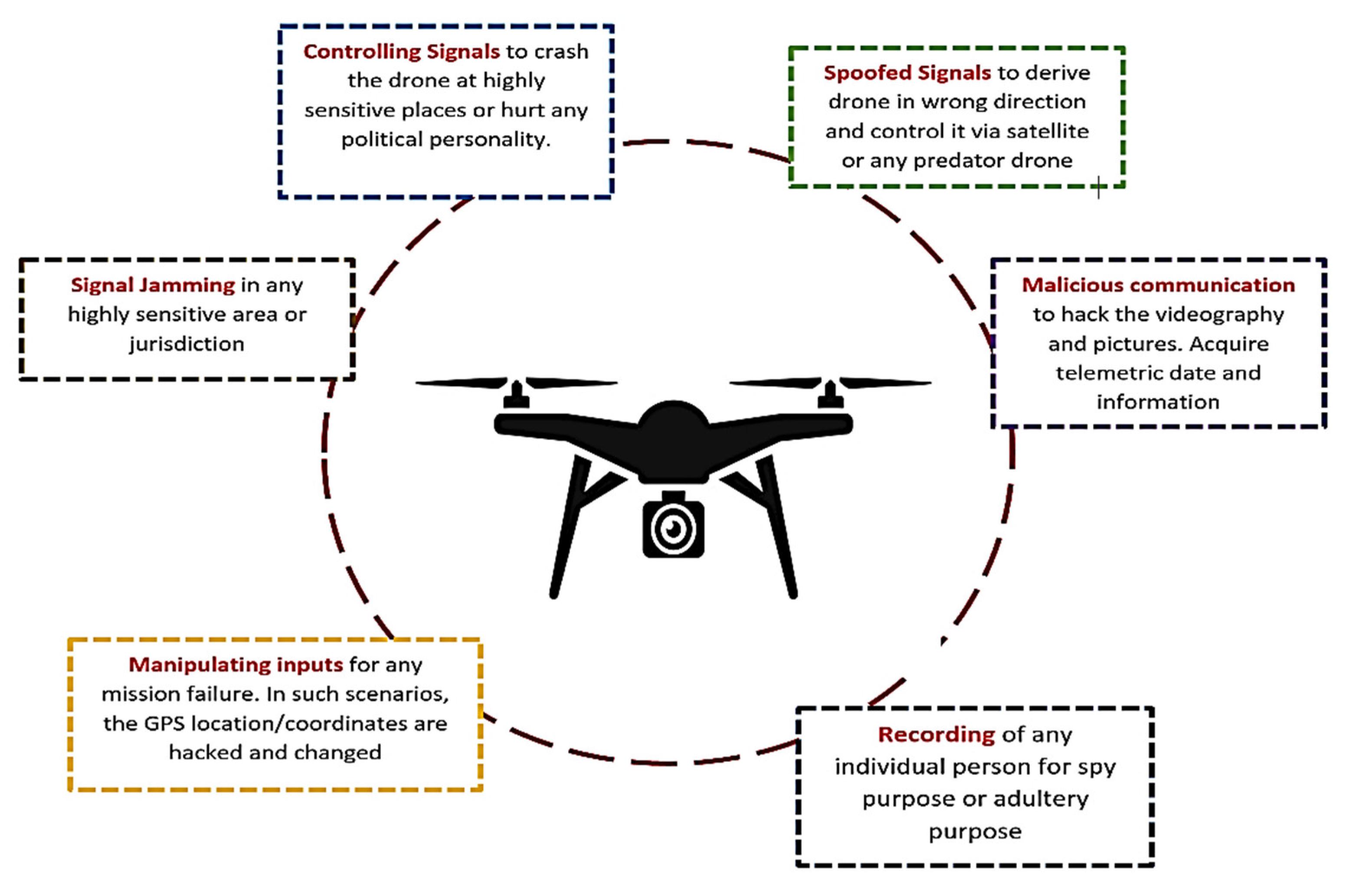
What are some new uses for drone technology?
Some new uses for drone technology include delivering packages, monitoring wildlife, inspecting infrastructure, conducting search and rescue missions, and assisting in agriculture.
How drones are revolutionizing industries.
- There are already a range of examples of how aircraft remote control drones are being used effectively in various industries:
- Oil rig inspections – drones can inspect oil rigs much faster and more safely than traditional methods, which require people to go out on the rig itself.
- Wildfire management – drones can fly over wildfires to provide real-time data on fire conditions, helping firefighters battle the flames more effectively.
- Bridge and infrastructure inspections – drones can inspect bridges and other infrastructure for damage and potential safety issues, reducing the need for people to climb up structures and be placed in danger.
- Media and entertainment – drones are being used in the film and photography industries to capture stunning aerial footage and images, providing new creative opportunities for professionals in these fields.
- As drones become more widely adopted and new uses are discovered, it is expected that more and more industries will begin to integrate drone technology into their operations.
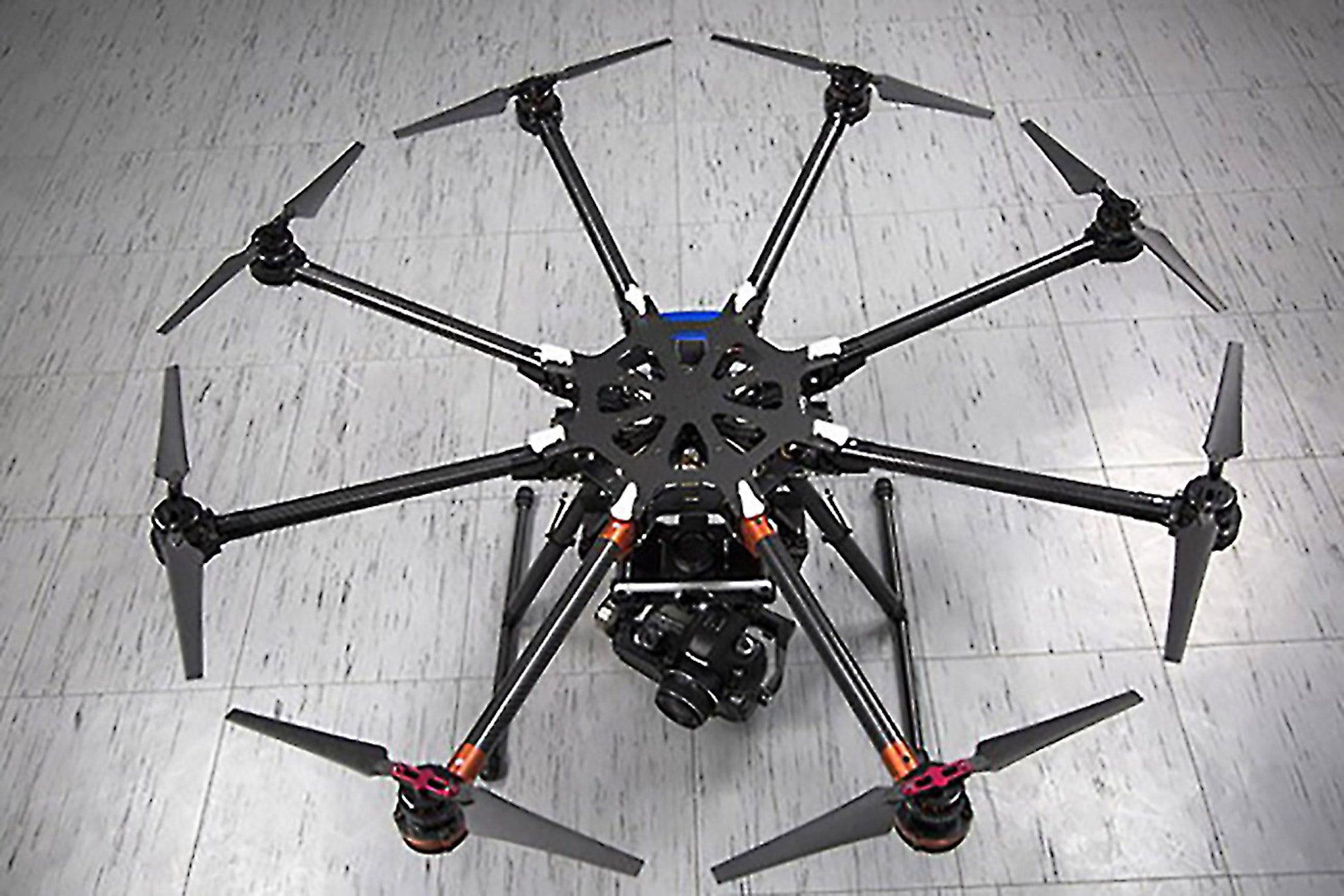
What are some other industries that could benefit from using aircraft remote control drones?
Other industries that could benefit from using aircraft remote control drones include agriculture, oil and gas, construction, search and rescue, wildlife conservation, and filmmaking.
Conclusion
In conclusion, aircraft remote control drones are a rapidly evolving technology that has great potential in many industries for improving efficiency, safety, and cost-effectiveness. The technology has already shown its worth in industries such as oil and gas, emergency services, and film, and as drone technology evolves, new and innovative applications will undoubtedly emerge. As with any technology, there are limitations, such as safety concerns and regulatory hurdles, but with careful management and oversight, these can be addressed. Overall, the benefits to industries that integrate drone technology are clear – greatly improved safety, increased efficiency, and cost savings. It’s clear that drones will play an increasingly large role in various sectors going forward, and those who adopt the technology early will have a significant competitive advantage over those who lag behind. The future for aircraft remote control drones looks bright, and it’s exciting to imagine the possibilities that this technology holds for our future.

